Table of Contents
Introduction
When illuminating any space, the significance of selecting the appropriate lighting fixtures cannot be overstated. The right lighting doesn’t just illuminate your environment; it can transform it, enhancing both functionality and aesthetic appeal. Enter the realm of low bay light fixtures, a pivotal player in the lighting industry renowned for their suitability in spaces with lower ceiling heights. These fixtures are not just a source of light; they embody a fusion of design, efficiency, and performance tailored for particular environments.
In this article, we’ll illuminate the path to understanding low bay lighting. From discerning their unique features to guiding you through a selection that resonates with your space, we’ll empower you with the knowledge needed to choose the best low bay light fixtures, ensuring that your spaces not only shine bright but smart.
What Are Low Bay Light Fixtures?
Low bay light fixtures are specialized lighting solutions designed for areas with ceiling heights typically ranging from 12 to 20 feet. Distinguished by their luminous efficacy, these fixtures are engineered to distribute light evenly and reduce glare, ensuring that every corner of your space is well-lit without the harshness that can come from other lighting types.
Characterized by a wider beam angle compared to their high bay counterparts, low bay lights offer a dispersion of light that covers a greater horizontal and vertical space relative to the mounting height. This makes them particularly suitable for spaces where optimal visibility and light quality are required close to the ground.
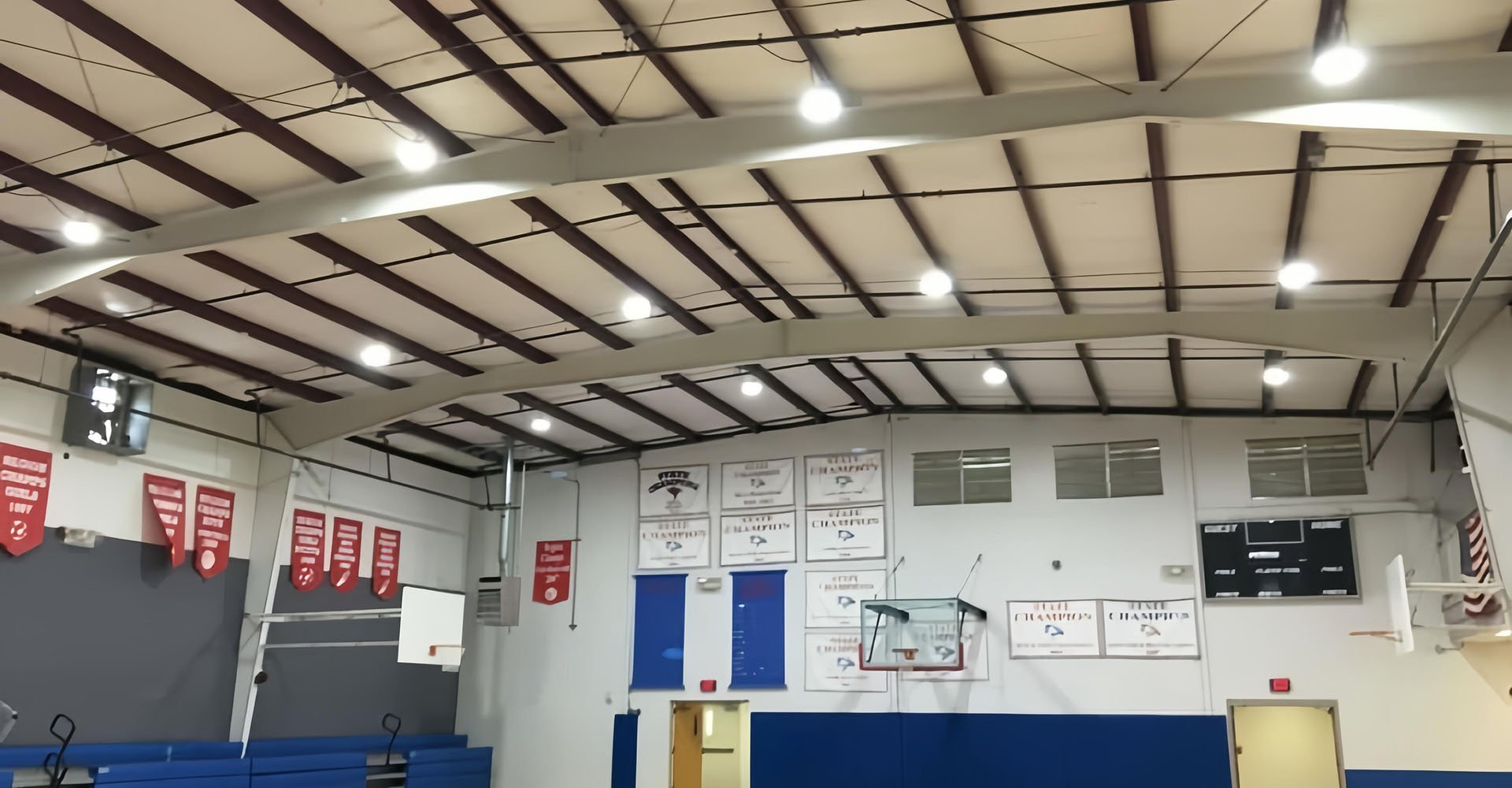
What is the difference between high bay and low bay light fixtures?
The difference between high bay and low bay light fixtures primarily lies in their design to suit varying ceiling heights and their light distribution patterns suitable for different spaces.
High Bay Light Fixtures:
- Designed for tall ceilings: Typically used in spaces with ceilings higher than 20 feet.
- Narrow beam angle: Focuses light downwards to reach greater distances, ideal for vertical illumination.
- Higher lumen output: Necessary to compensate for the greater distance the light needs to travel.
- Applications: Common in industrial environments, warehouses, large gymnasiums, and places where the fixture needs to be suspended or mounted high above the ground.
Low Bay Light Fixtures:
- Designed for shorter ceilings: Optimal for areas with ceiling heights between 12 to 20 feet.
- Wider beam angle: Provides a broader spread of light that covers more ground horizontally, suitable for detailed tasks and general ambient lighting.
- Lower lumen output: Sufficient due to the shorter distance the light covers, reducing glare and improving comfort.
- Applications: Ideal for retail spaces, workshops, parking garages, and other commercial settings where the quality of light contributes to both functionality and ambiance of the environment.
In essence, the selection between high bay and low bay lighting fixtures depends on the specific lighting requirements dictated by the ceiling height and the nature of the activities within the space.
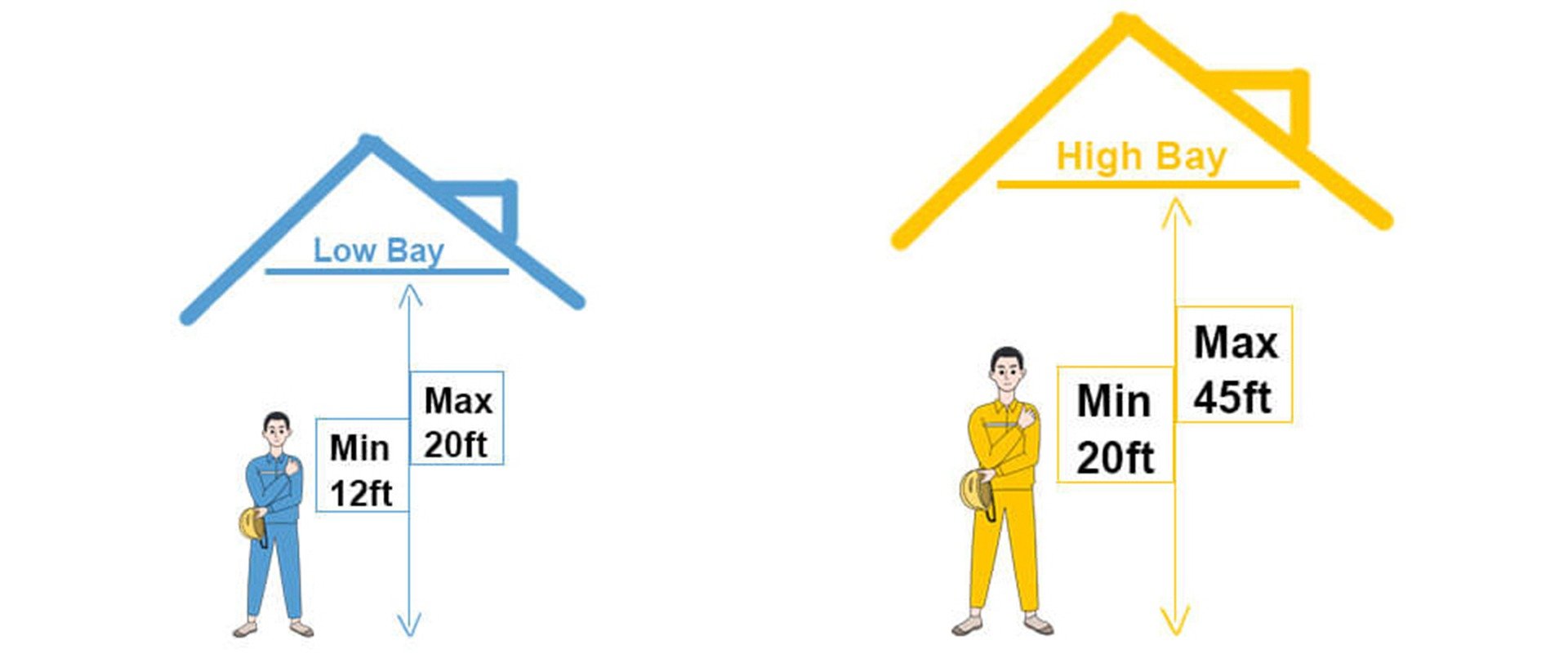
Low Bay vs High Bay Light
Benefits of Choosing Low Bay Light Fixtures
Energy Efficiency and Cost-Effectiveness
One of the standout benefits of selecting low bay light fixtures is their exceptional energy efficiency. LED low bay lights, in particular, consume significantly less power than traditional lighting solutions such as halogen lamps or high-intensity discharge bulbs. This reduction in energy consumption translates directly into lower utility bills, offering long-term cost savings. Furthermore, their longevity means fewer replacements, reducing maintenance costs and further enhancing their cost-effectiveness.
Enhanced Lighting Quality Suitable for Lower Ceilings
The design of low bay lights caters specifically to environments with lower ceilings, ensuring that light is distributed evenly across the area without overwhelming the space or creating excessive glare. With advancements and potential LED efficacy, these fixtures can produce a bright yet comfortable light that enhances visibility and reduces eye strain, making them ideal for workplaces and commercial settings.
Variety in Designs and How They Complement Different Spaces
Aesthetic versatility is another compelling reason to choose low bay lighting fixtures. Available in a multitude of designs, from sleek and modern to robust and industrial, there’s a style to complement any interior design scheme. This variety allows businesses and designers to select fixtures that not only fulfill lighting requirements but also contribute to the overall look and feel of a space. Whether you’re aiming for a minimalist vibe or a more traditional ambiance, the range of available designs ensures that your lighting can serve as both a functional element and a design statement.

Key Features to Consider When Choosing Low Bay Light Fixtures
Beam Angle and Light Distribution
When selecting low bay light fixtures, the beam angle is crucial as it determines how light is distributed within a space. The appropriate beam angle ensures that light reaches where it’s needed without wastage. Ideally, a beam angle that’s too narrow can create bright spots beneath the fixture, while too wide an angle might reduce the intensity of light. Look for a balance that offers uniform light distribution, catering to the particular dimensions and uses of your space.
Lumen Output and Color Temperature
The lumen output of a fixture indicates its brightness. For lower ceilings, it’s important to choose a lumen output that provides sufficient brightness without causing discomfort. Equally important is the color temperature, which affects the look and feel of the light emitted. Measured in Kelvin, lower color temperatures give a warm, inviting glow, while higher temperatures produce a cooler, more alerting light. Consider the activity that takes place in the area when choosing the color temperature for your LED lamp.
Fixture Materials and Durability
The materials of your low bay light fixtures can greatly influence their longevity and performance. Look for fixtures made with high-quality materials that can withstand the conditions of your environment, whether it’s exposure to moisture, dust, or chemicals. Additionally, ensure that the fixture is certified with an appropriate ingress protection (IP) rating for its intended use, guaranteeing durability and safety in specific conditions.
Ease of Installation and Maintenance
Lastly, consider the ease of installation and ongoing maintenance. Fixtures that are straightforward to install can save on initial setup costs. Those designed with maintenance in mind make it easier to clean, update, or replace components as needed, ensuring that your low bay lighting continues to perform optimally over time. Features like tool-free entry points or modular designs can simplify these processes, making them less time-consuming and more cost-effective in the long run. Always reach out to the manufacturer or a qualified professional if you’re unsure about the installation or maintenance requirements of your chosen fixtures.
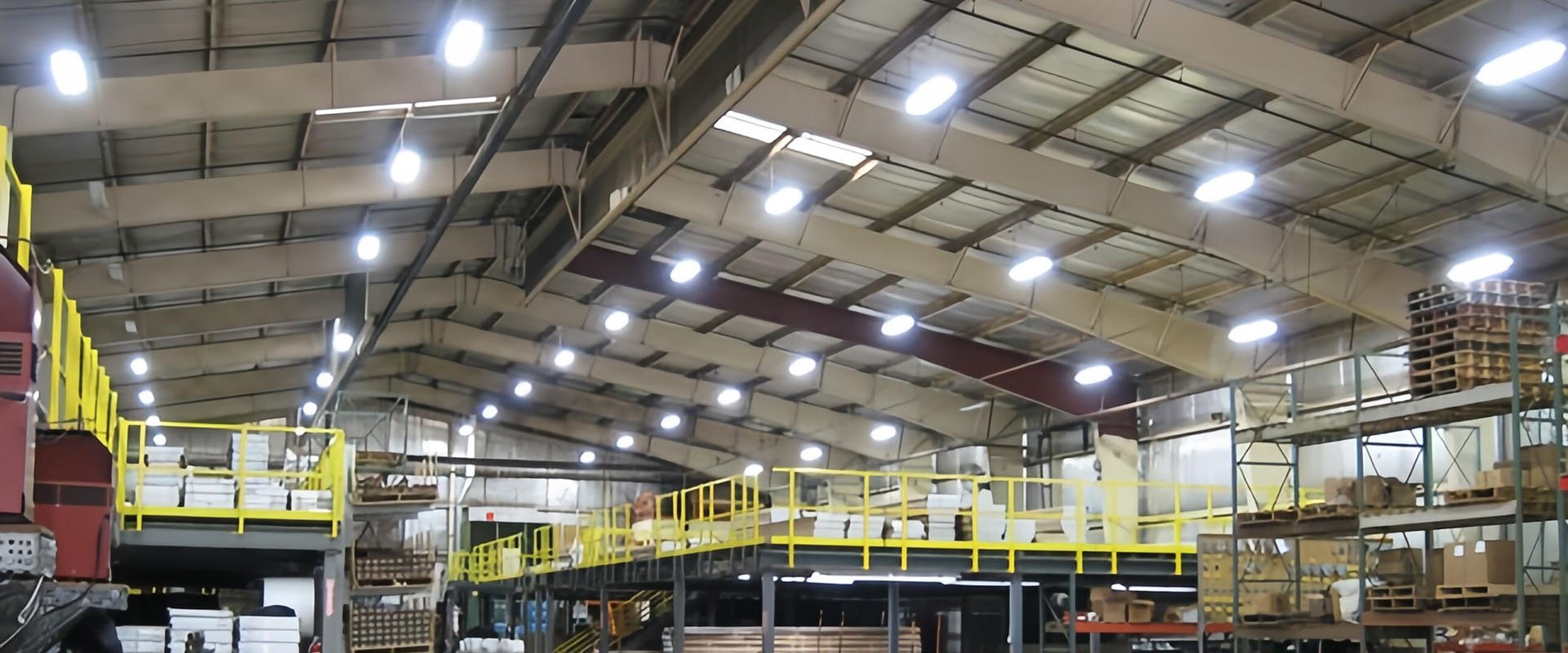
Best Practices for Low Bay Light Installation
Optimal Placement and Spacing for Uniform Illumination
Achieving uniform illumination is essential for creating a well-lit environment, especially in settings such as retail or workspaces where inadequate lighting can impact mood and productivity. For low bay light fixtures, optimal placement is typically directly overhead where tasks are performed. Spacing is also key; fixtures should be evenly distributed to avoid creating dark spots or overly bright areas. A general rule of thumb is to position the fixtures approximately half the height of the ceiling apart. However, this can vary based on the specific lumen output and beam spread of the fixtures you’re using.
Tips for Avoiding Common Installation Mistakes
Installation mishaps can lead to reduced efficiency and increased costs down the line. Here are some tips to avoid common errors:
- Adhere to the manufacturer’s installation guidelines for each specific model of low bay light fixture.
- Ensure that electrical connections are secure and comply with local building codes.
- Avoid installing lights at varying heights, which can lead to uneven lighting.
- Use the proper mounting hardware for your specific ceiling type to prevent fixtures from becoming loose over time.
- Consider hiring a professional installer if you’re not confident in your ability to safely install the fixtures, especially when dealing with electrical components.
How to Calculate the Number of Fixtures Needed for a Space
Calculating the number of low bay light fixtures needed for a space is crucial for balanced lighting. Start by determining the lumens per square foot required for the type of activity in the space — this is known as the “foot-candle” or “lux” requirement. Once you have the total lumens needed, divide this by the lumen output of a single fixture to get the approximate number of fixtures required. Keep in mind that the layout of the space and the presence of obstacles like machinery or shelving can affect the final count. Software tools and detailed lighting layout designs can also help in creating a precise lighting plan.
Conclusion
Selecting the right low bay light fixture is not just a matter of lighting up a space; it’s about making a wise investment into the functionality and ambiance of your environment. The journey through the world of low bay lighting we’ve embarked on reveals the depth and breadth of options available, each with its own set of features tailored to meet a variety of needs.
In final thoughts, the right choice in low bay lighting does more than illuminate—it transforms. It has the power to enhance the work efficiency in a workshop, the comfort in a retail space, and the allure in a showroom. A thoughtful selection can complement your décor, amplify the beauty of your architecture, and even elevate the moods of those within the space.
If you have any questions about LED low bay light fixture, just feel free to contact us directly. Our lighting experts are ready to help.
Request A Free Quote Now!
Send us a message if you have any questions or request a quote. We will get back to you ASAP!



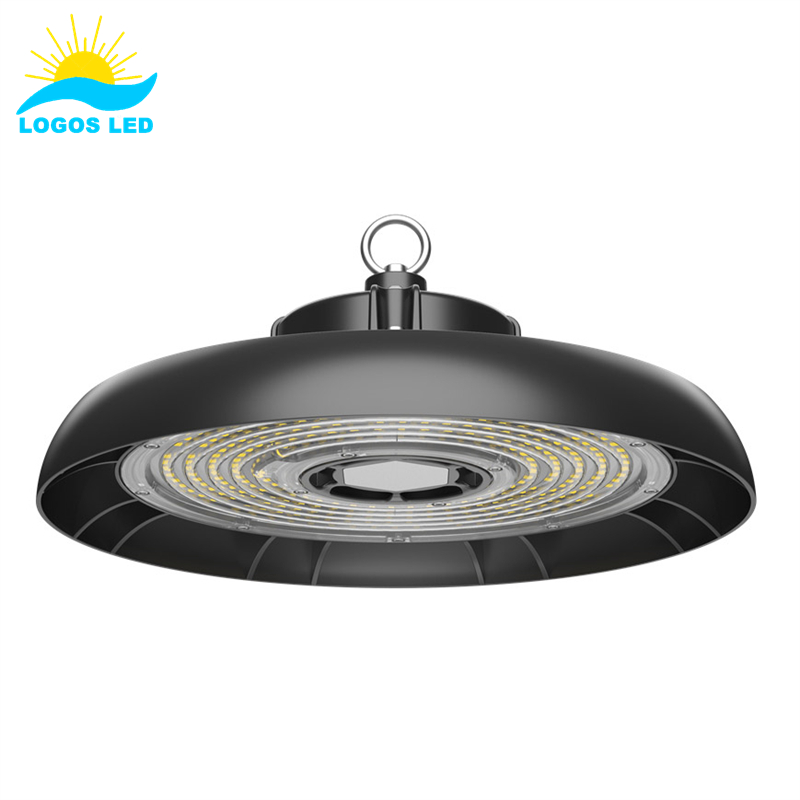

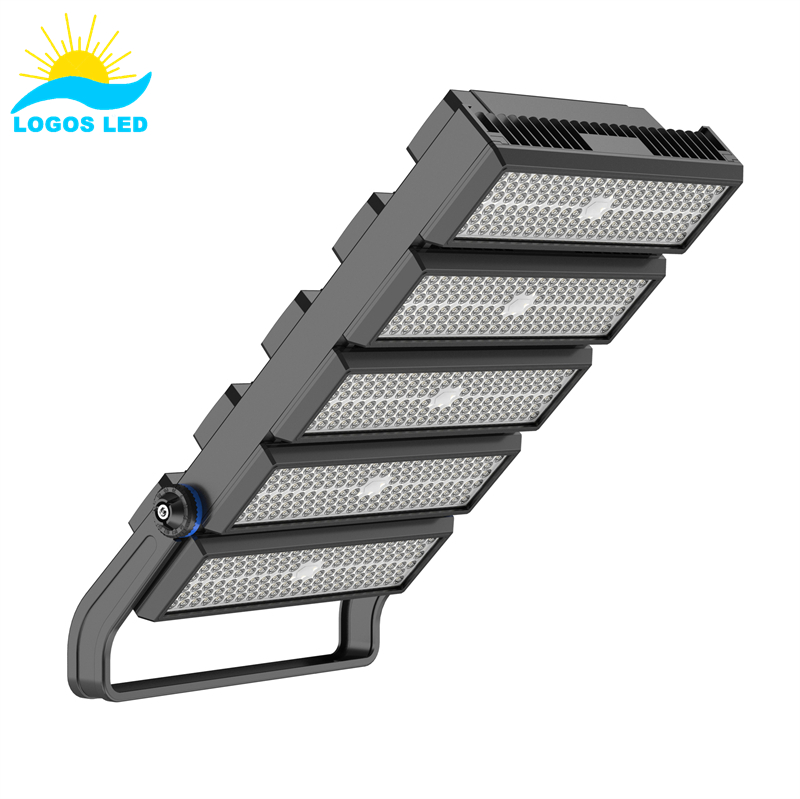
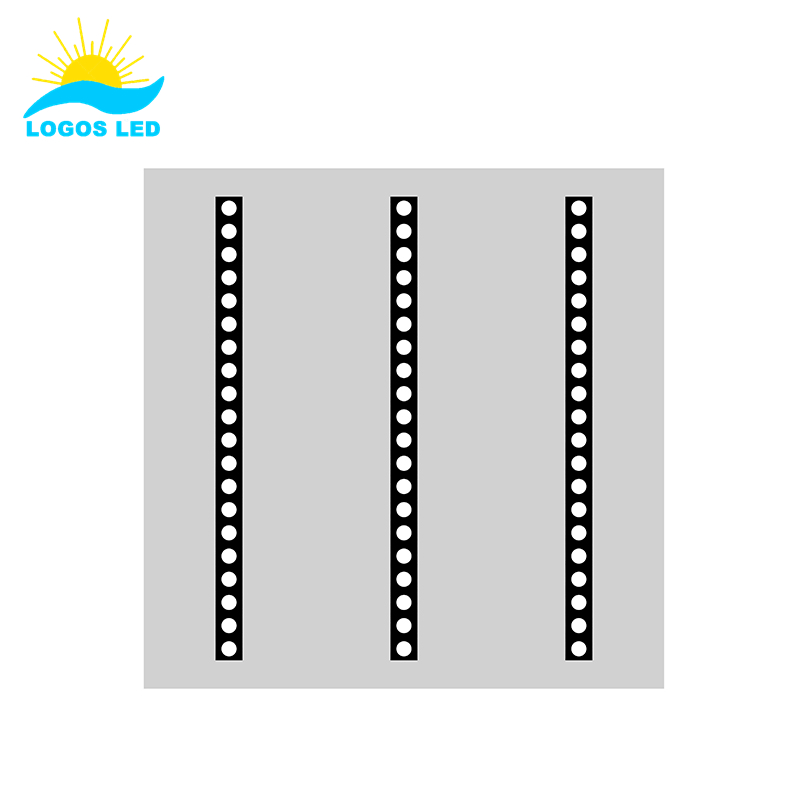
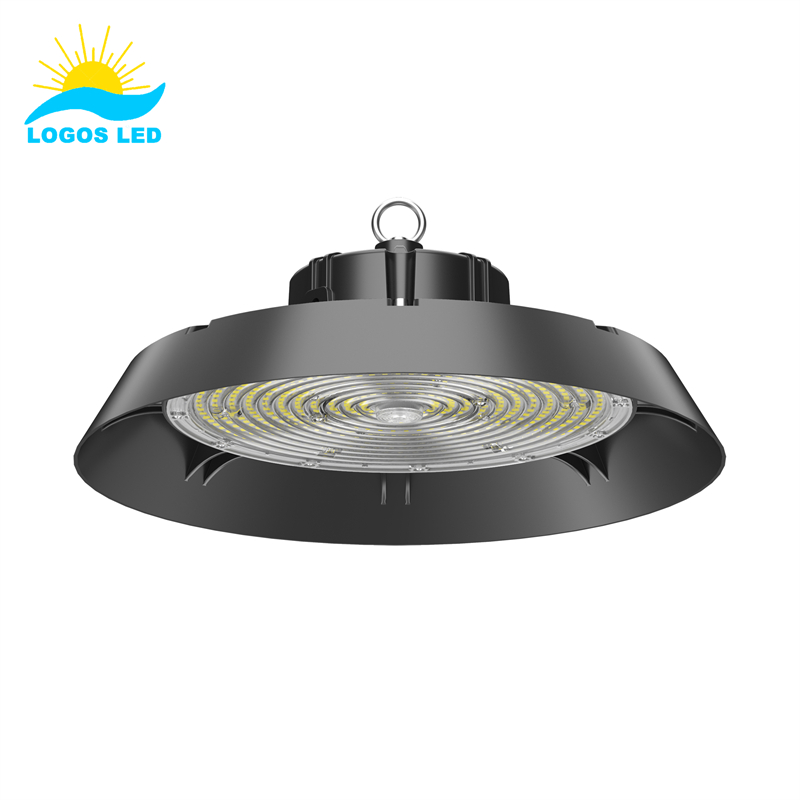
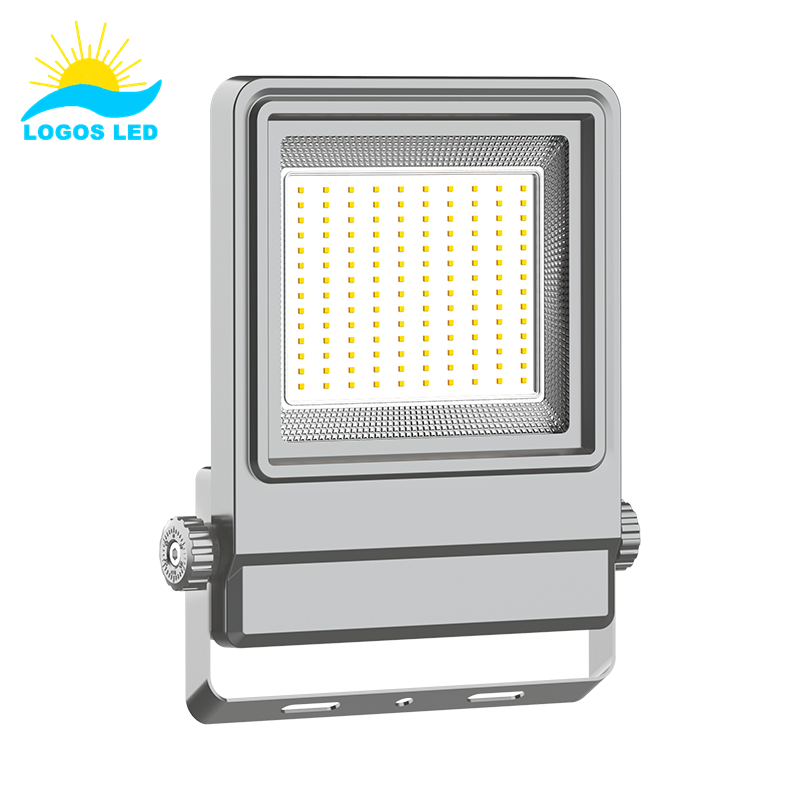

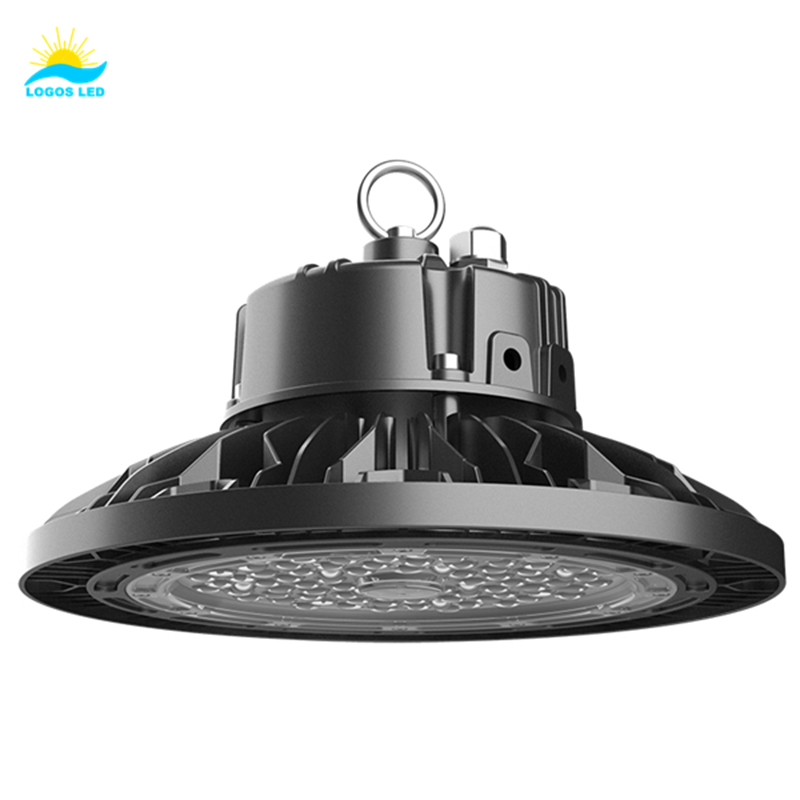
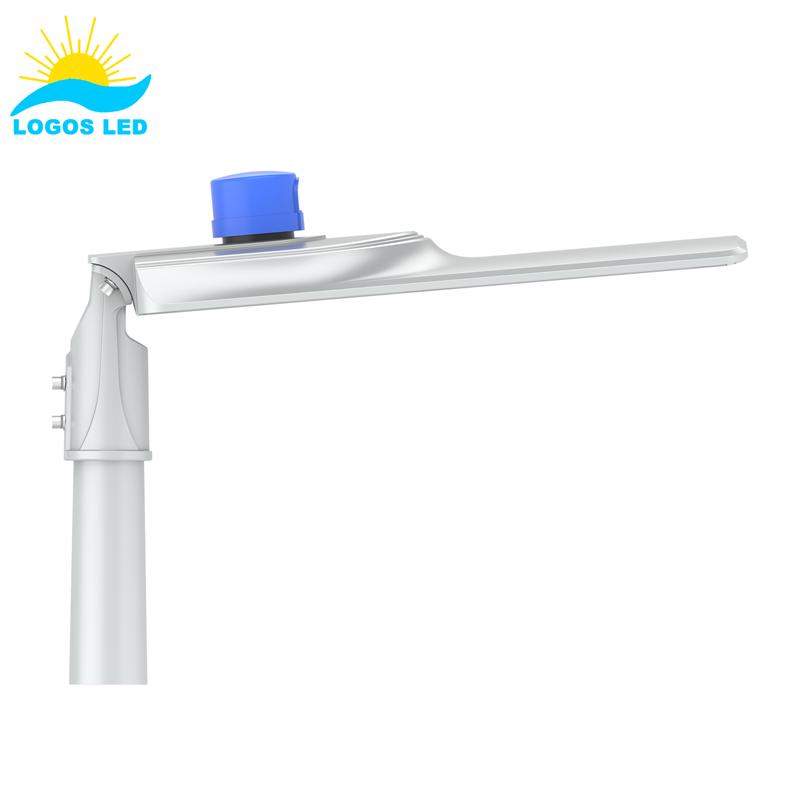


Leave a Reply
Your email is safe with us.